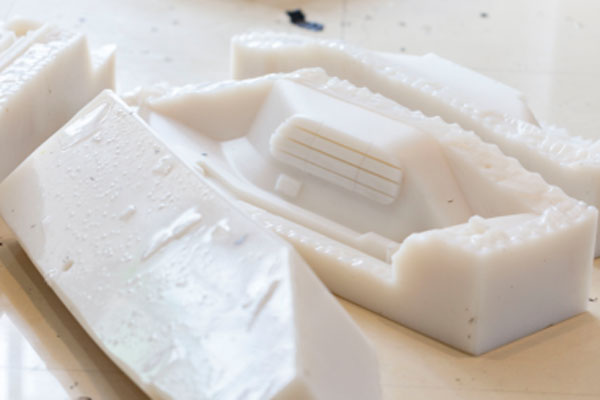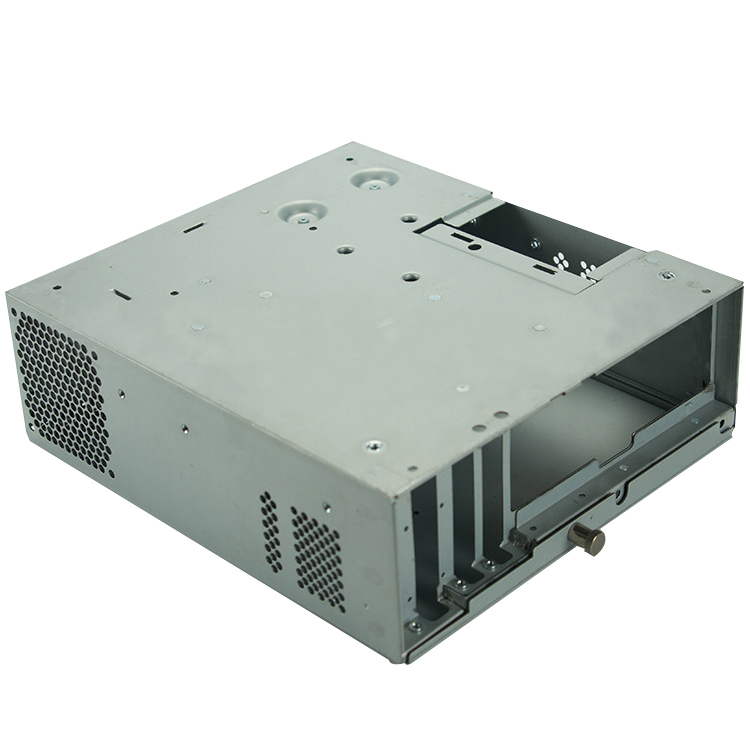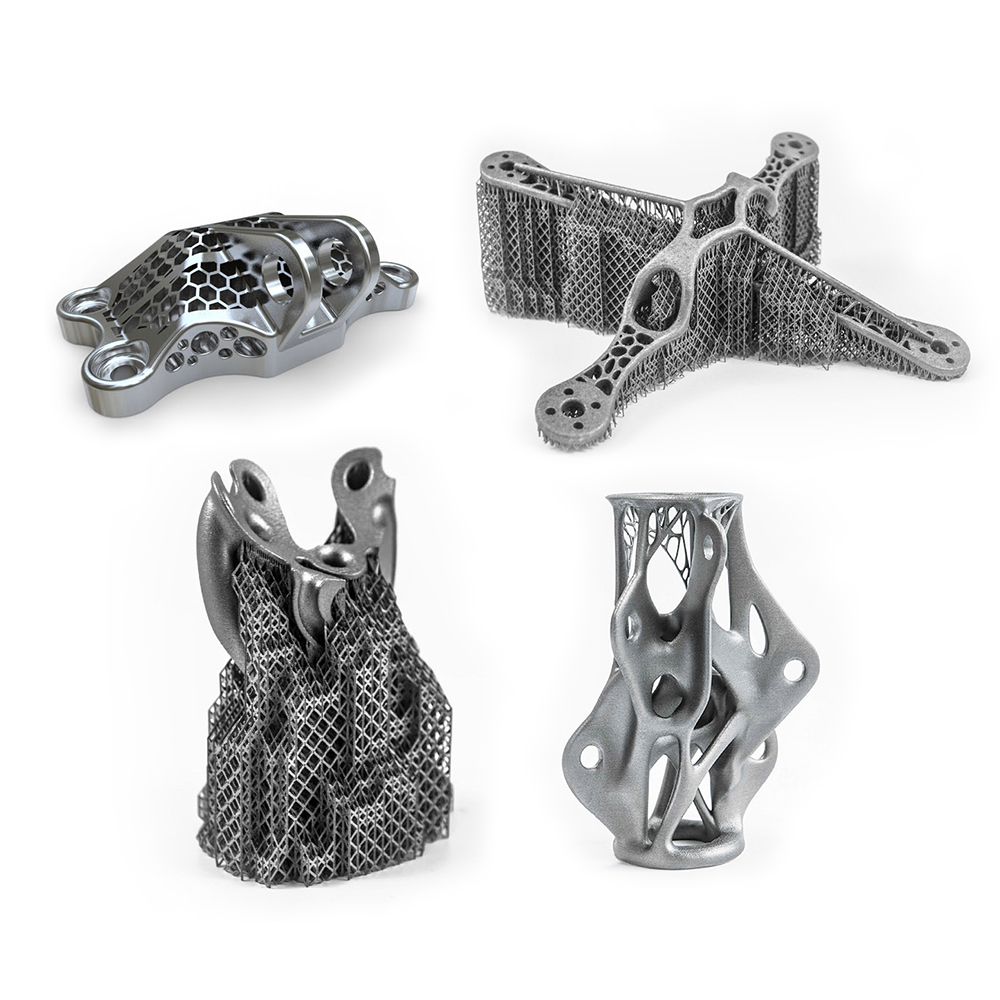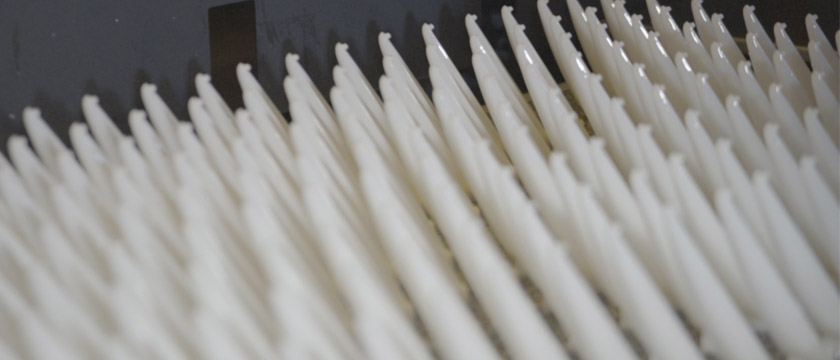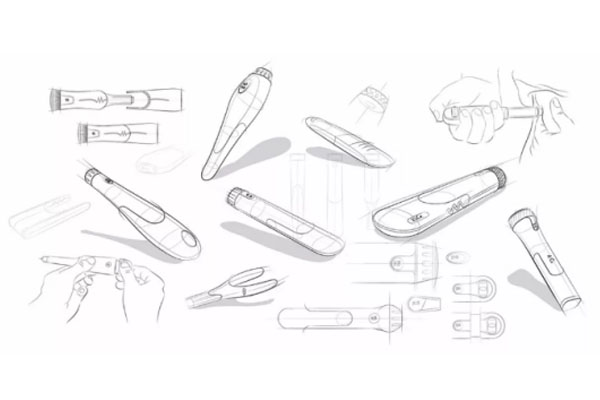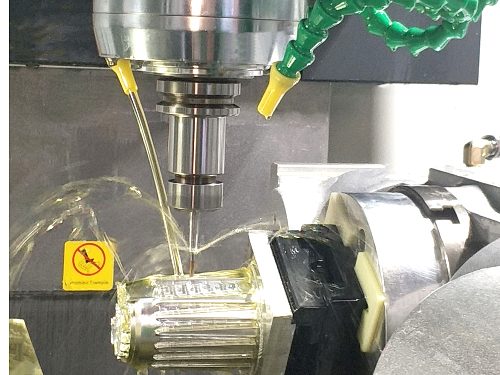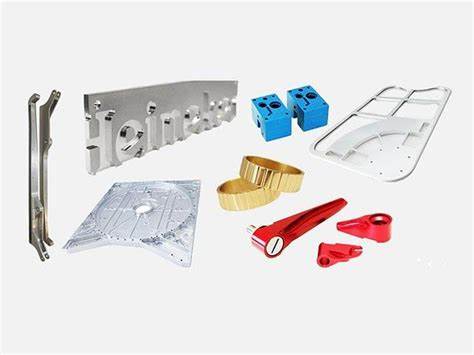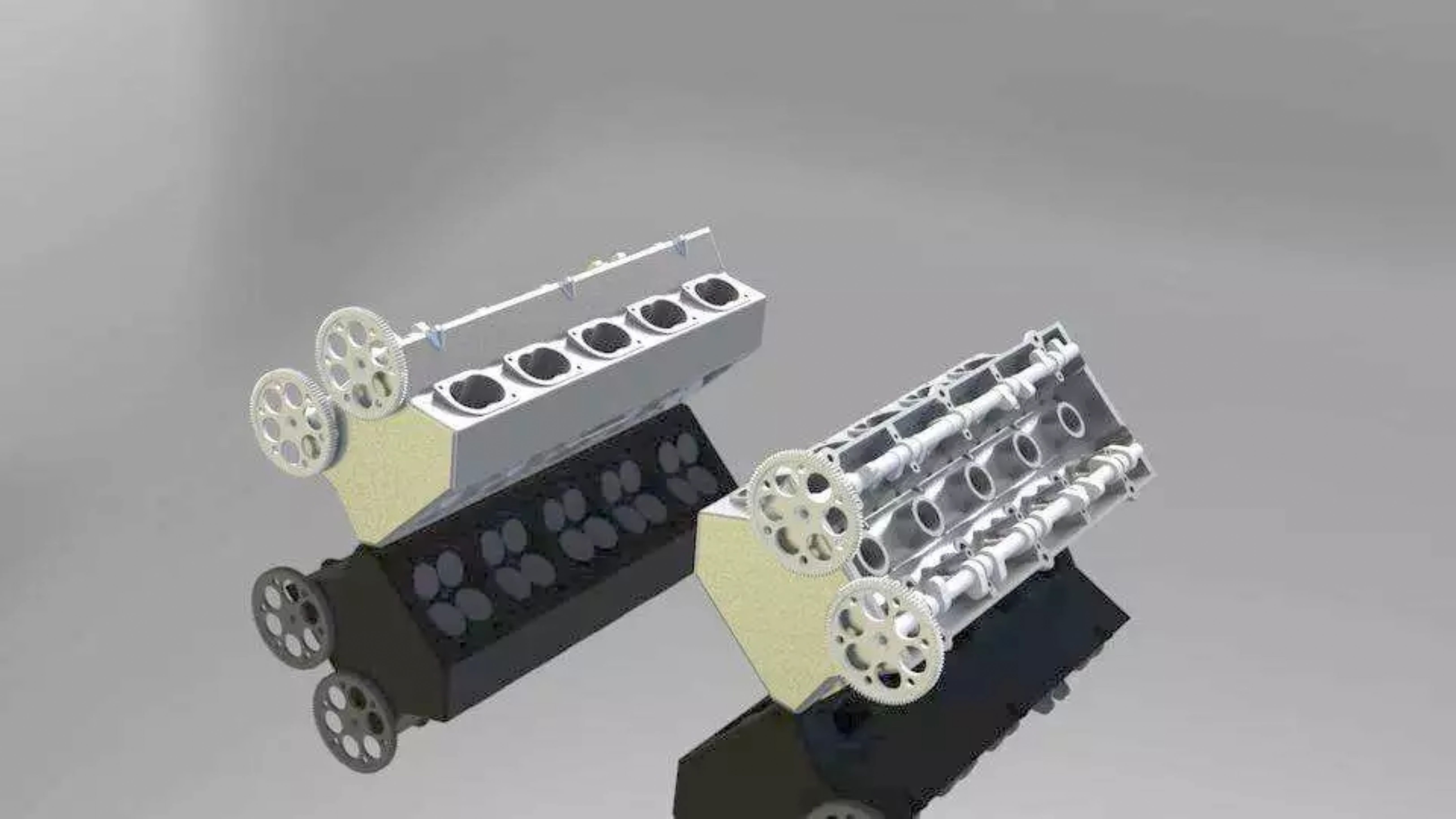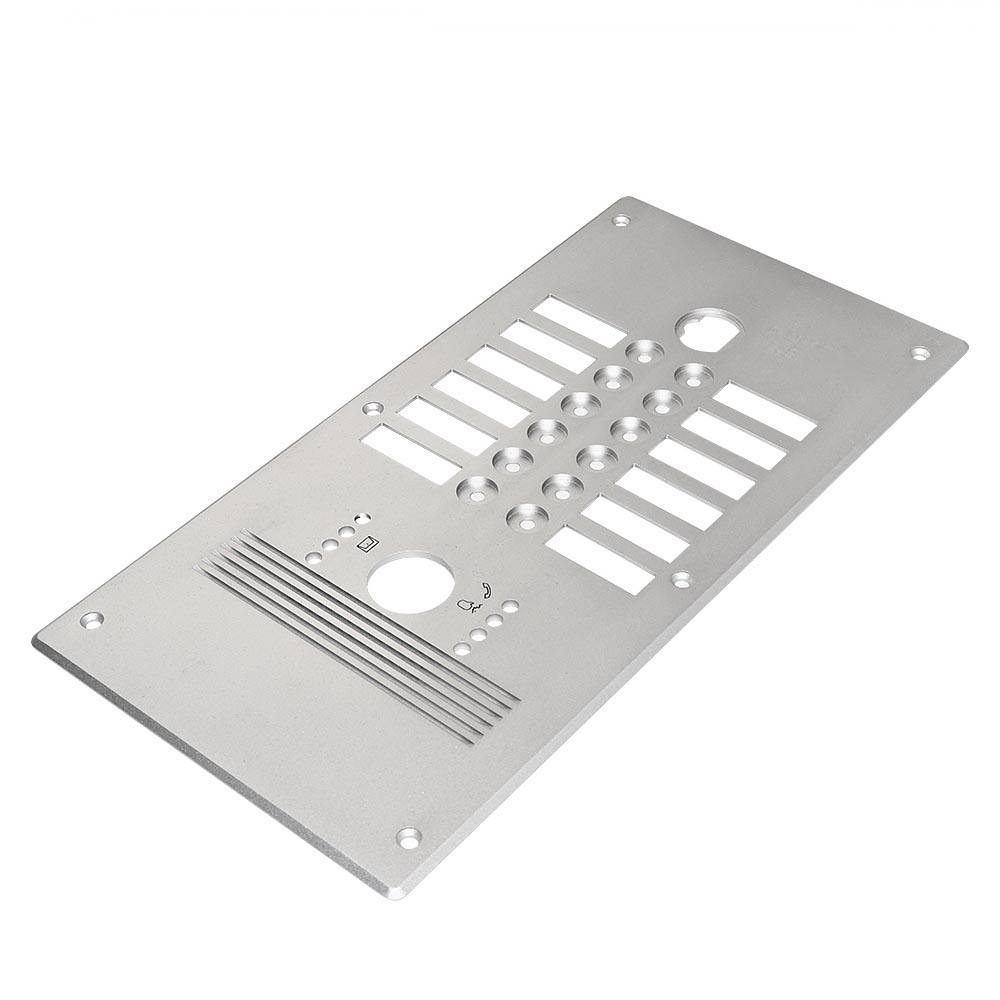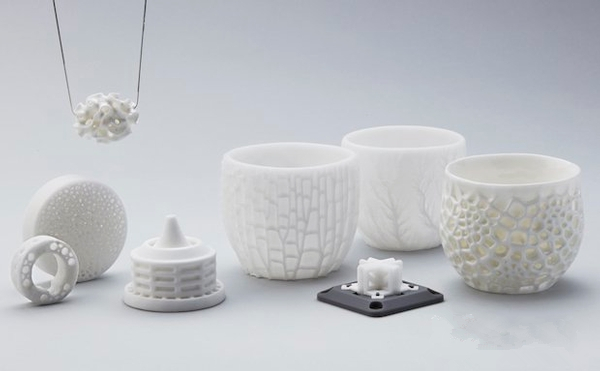Reverse engineering is to obtain the point cloud data of the physical model by using the three-dimensional digital scanning of the existing physical model in the case that the design drawings are incomplete or even without the design drawings or CAD models, and the point cloud data is calculated and used. Processing is done to form a digital model for product redesign and CNC machining. A reverse engineering process includes two steps: the first step is to scan the physical model and the second step is to creat a three-dimensional model.



